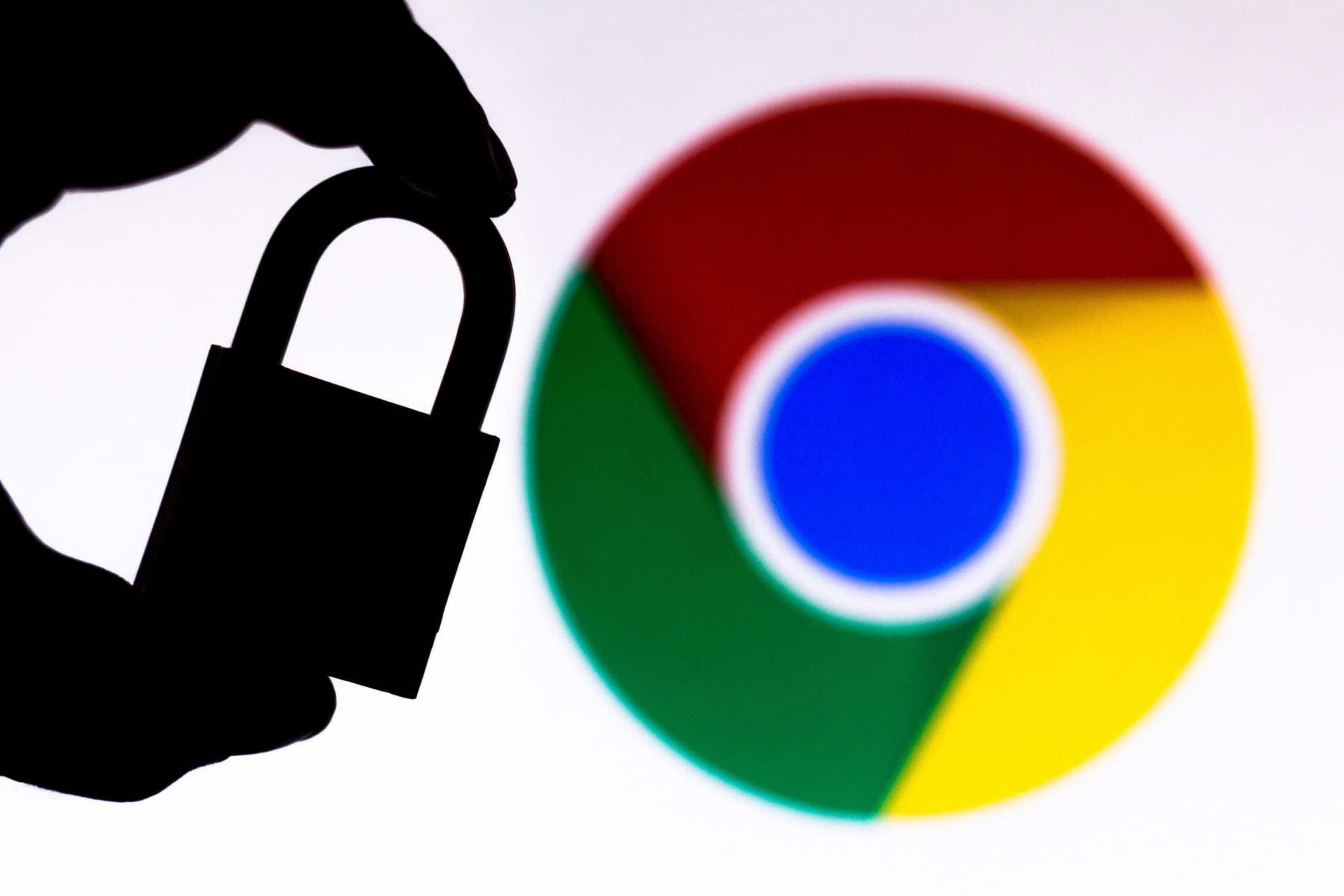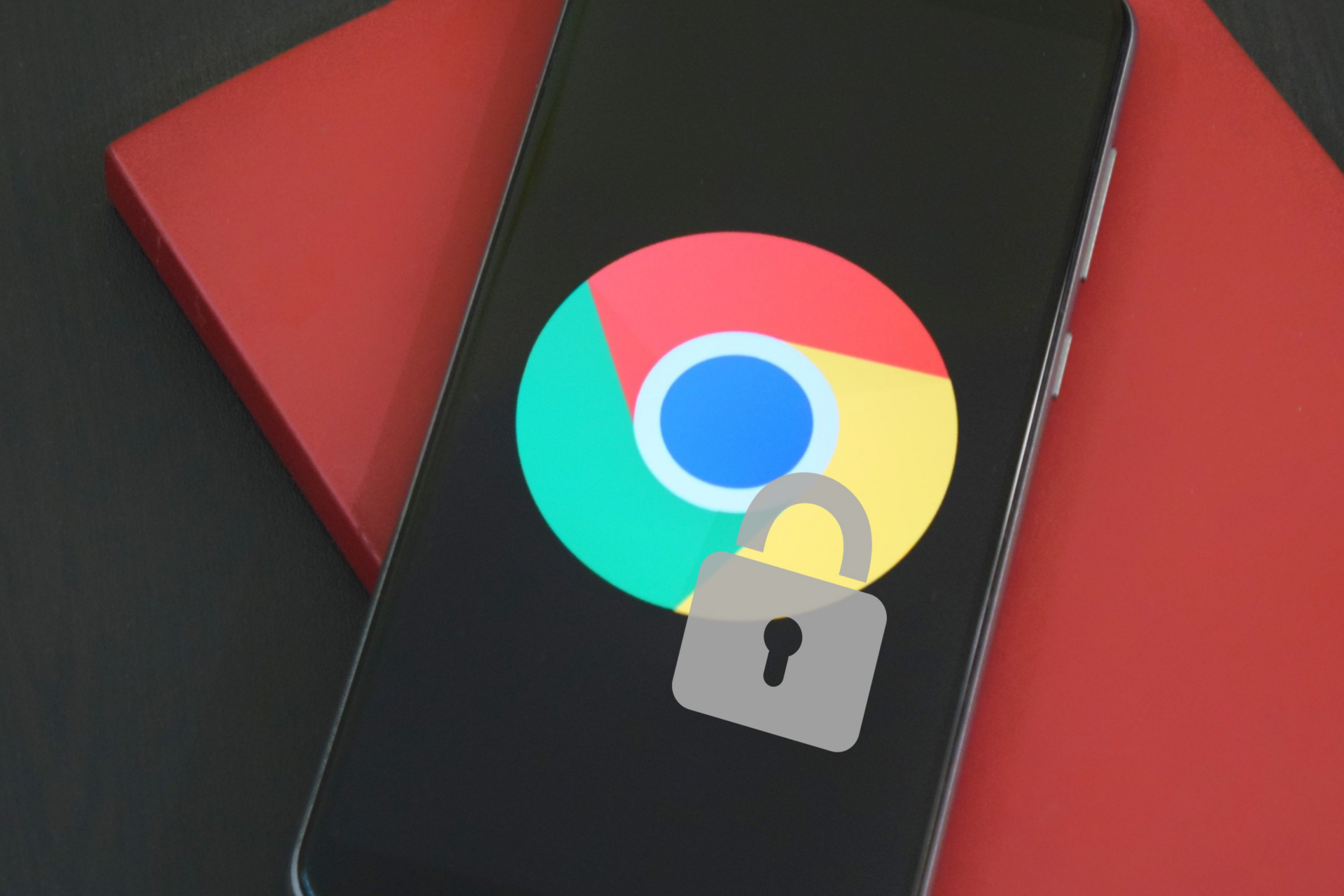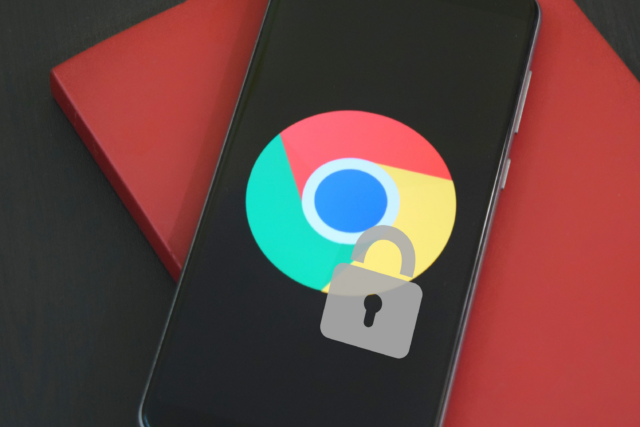Google Warns of New Chrome Zero-Day Attack

Hi, what are you looking for?
The high-severity vulnerability, tracked as CVE-2023-2033, is described as a type confusion in the Chrome V8 JavaScript engine.
By
Flipboard
Reddit
Whatsapp
Whatsapp
Email
Another day, another zero-day attack hitting widely deployed software from a big tech provider.
Google on Friday joined the list of vendors dealing with zero-day attacks, rolling out a major Chrome Desktop update to fix a security defect that’s already been exploited in the wild.
The high-severity vulnerability, tracked as CVE-2023-2033, is described as a type confusion in the Chrome V8 JavaScript engine.
“Google is aware that an exploit for CVE-2023-2033 exists in the wild,” the company said in a barebones advisory that credits Clément Lecigne of Google’s Threat Analysis Group for reporting the issue.
The company did not provide any additional details of the bug, the in-the-wild exploitation, indicators of compromise (IOCs) or any guidance on the profile of targeted machines.
Google said access to bug details and links may be kept restricted until a majority of users are updated with a fix. The company said it may also retain restrictions if the bug exists in a third party library that other projects similarly depend on, but haven’t yet fixed.
The patch is being pushed to Chrome 112.0.5615.121 for Windows Mac and Linux and will roll out via the software’s automatic patching mechanism over the coming days/weeks.
The Chrome zero-day patch comes days after Microsoft acknowledged a zero-day in its flagship Windows operating system was being hit by ransomware actors.
Like Google and Microsoft, Apple has also struggled with zero-day exploits and shipped a major patch a week ago to fix a pair of code execution flaws in its iOS, macOS iPadOS platforms.
So far this year, there have been 20 documented in-the-wild zero-day compromises, according to data tracked by SecurityWeek. Security defects in code from Microsoft, Apple and Google account for 12 of the 20 zero-days in 2023.
Related: Microsoft Patches Another Already-Exploited Windows Zero-Day
Related: Apple Ships Urgent iOS Patch for Newly…






 “>
“>